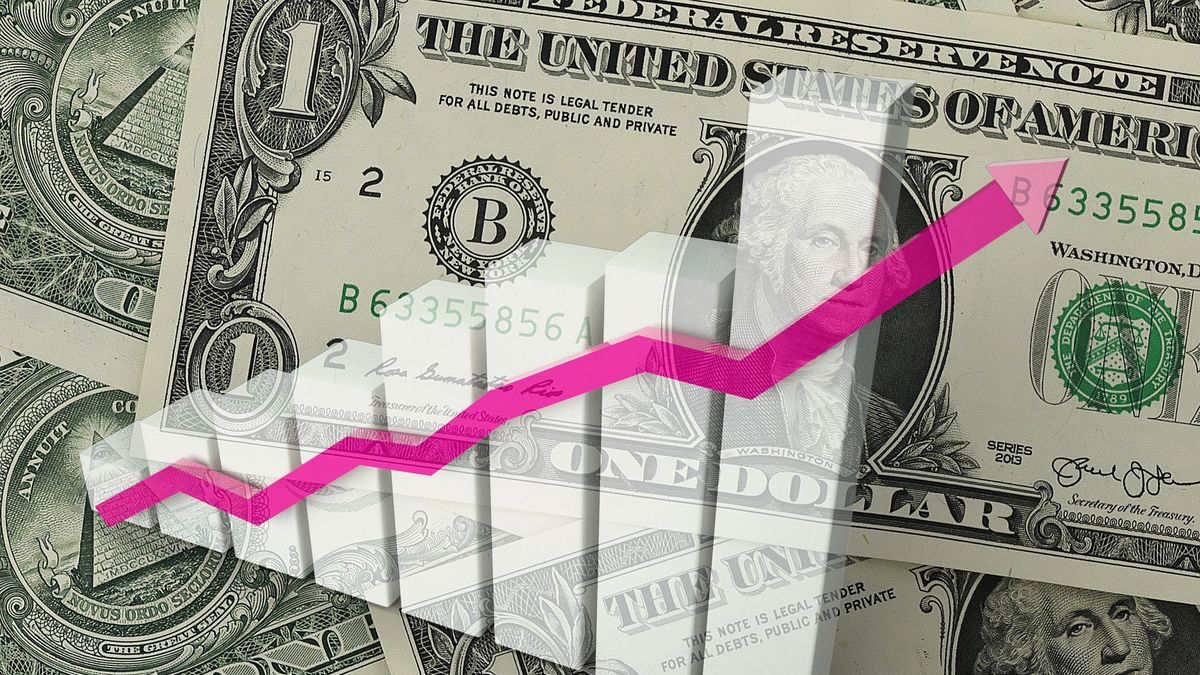With the arrival of a new month, the quota is renewed. US$200 to access the dollar savingsa type of exchange that analysts consider absurd and which today costs $300 more than the parallel. This is because it is made up of the value of the official retail dollar, plus 30% of the PAIS tax and 30% of perceptions for Profits and Personal Assets.
Despite what was mentioned above, savers continue to resort to this type of exchange through homebanking. According to the data provided by the central bank (BCRA) in December “human people“they bought US$73 million. Although the number seems high, it represents a 64% drop compared to November and 44% less in the annual comparison.
At the outset, it must be said that the The limit of US$200 per month and per person remains unchanged. But what did change significantly this month is the amount of pesos that the saver needs to access the also called solidarity exchange rate, since to buy the US$200 you need $270,560while purchasing MEP without limits through an AlyC, $236,922. Despite the Government’s promise to lift the stocks and to allow, for example, sealing contracts in dollars, through the bank You can only buy US$200.
Savings dollar: how much does it quote bank by bank
As mentioned above, The savings dollar is trading today at $1,352.80, with 60% taxes, so the data offered below (in electronic form) is without taxes and at the price of this January 31st.
- Bank of Galicia $895.00
- BMA Bank (former Itau) $895.00
- Macro Bank $895.00
- Santander Bank $885.00
- Piano Bench $882.00
- BBVA Bank $880.00
- Supervielle Bank $880.00
- Industrial Bank $877.00
- Brubank $875.00
- HSBC Bank $874.00
- Bank of the Argentine Nation $845.50
- Online Changes $830.00
For Gustavo Quintanafrom PR Change Operators, “there are no reasons“to continue maintaining these restrictions that push demand “to go to the informal market”, which also puts pressure on the price of the blue dollar and widens the gap“something that should also worry,” he maintains.
“The same thing happens with the card dollar, the price is close to $1,400 and stimulates the purchase of dollars in the blue,” says the analyst in statements to Ambit.
In that same line it is expressed Joel Lupierifrom EPyCA Consultora, who points out that “Has no sense“maintain the US$200 quota” in an economy that has already dollarized part of its transactions, What are the rents like?“.
The idea, when it arose, was to appease part of the demand with a subsidized price, explains the analyst. Today, the bulk of the population that wants to save or spend in dollars, “turns to buy in the blue or in the MEP”, because the mere idea of maintaining the solidarity dollar “It is a distortion of the free market economy that the Government professes.“.
Dollar savings: who can buy
The main criterion for limiting access to dollar savings is that people who receive some type of state support or assistance cannot buy foreign currency. This is based on the idea that those who require state aid do not have surplus resources to invest in the purchase of dollars.
Thus, and according to current regulations, they cannot access the dollar savings the following people:
- Those who operated cedarsnegotiable obligations or cryptocurrencies in the previous 90 days.
- Those who bought the MEP dollar or Cash with Settlement in the last 90 days.
- Monotributist taxpayers who have requested credits at a subsidized rate, nor the owners of SMEs who have received credits with subsidized rates of 24%.-
- Beneficiaries of social plans, including the AUH.
- Joint holders of bank accounts.
- Those who spent the US$200 limit with a card, both on purchases abroad and on streaming services.
- Those who refinanced personal, collateral or mortgage loans with banks.
- Who refinanced any credit card balance for 12 months.
- The people who received the Income Reinforcement.
- Those who requested to maintain the subsidy for electricity, water and gas.
- Those who did not declare their income.
- UVA credit holders who agreed to freeze fees during the pandemic.
- People who have requested entry into the pension moratorium.
- Workers who have requested credits Anses.
Source: Ambito
I am a 24-year-old writer and journalist who has been working in the news industry for the past two years. I write primarily about market news, so if you’re looking for insights into what’s going on in the stock market or economic indicators, you’ve come to the right place. I also dabble in writing articles on lifestyle trends and pop culture news.




